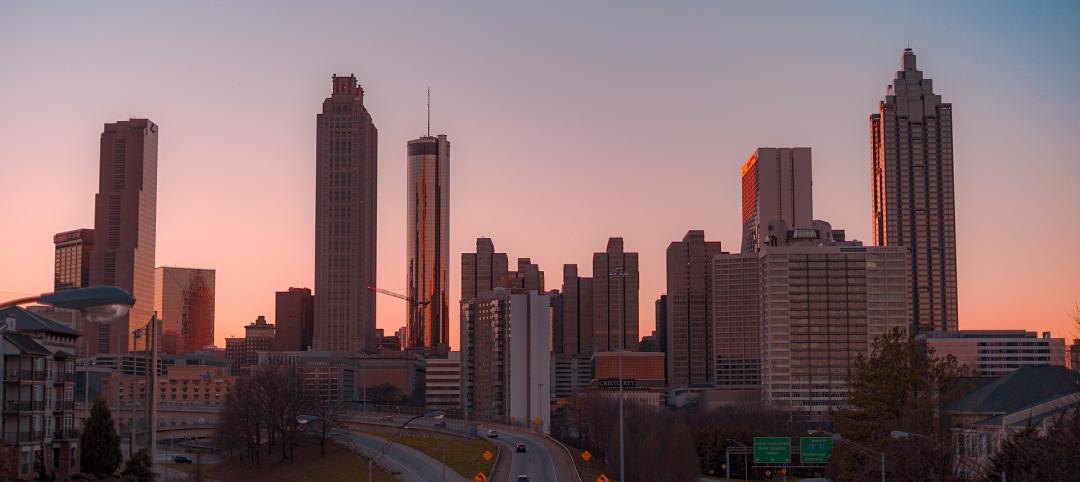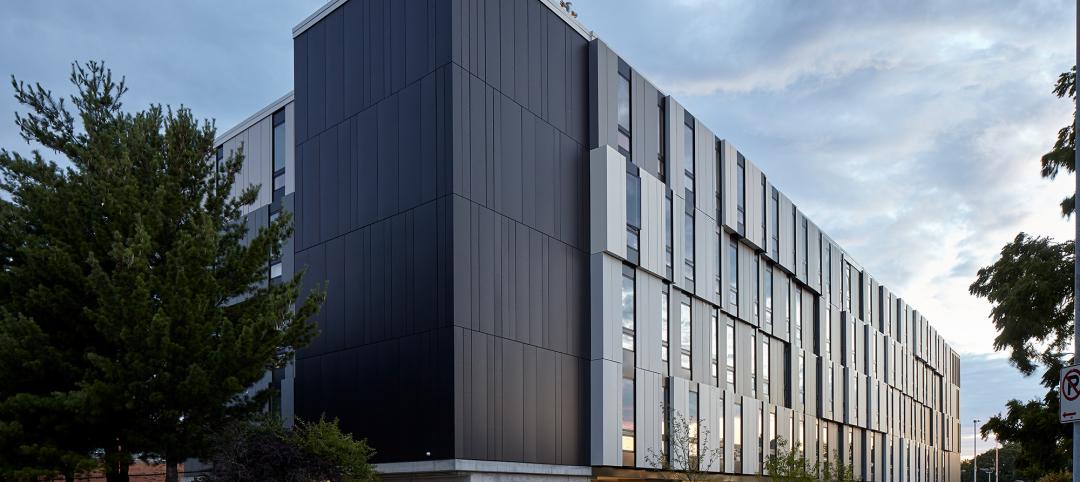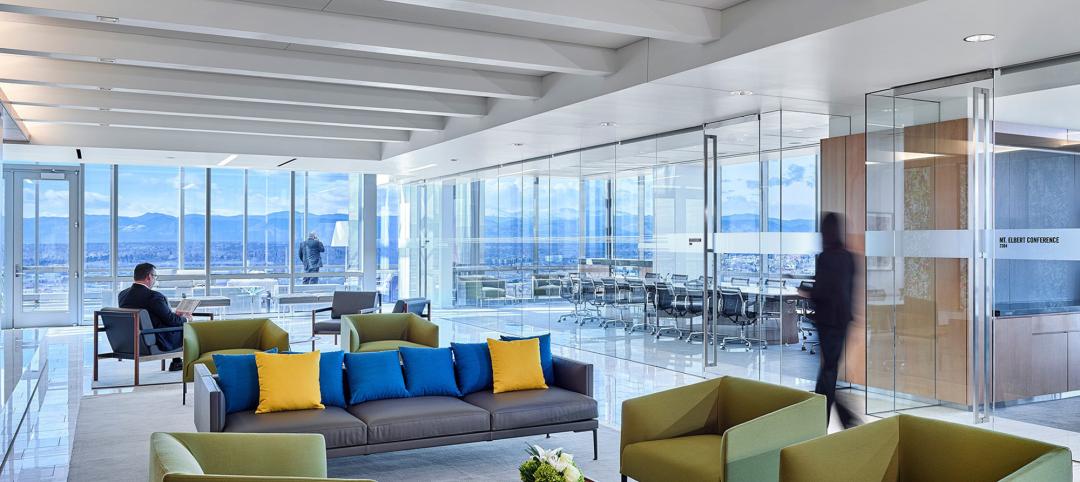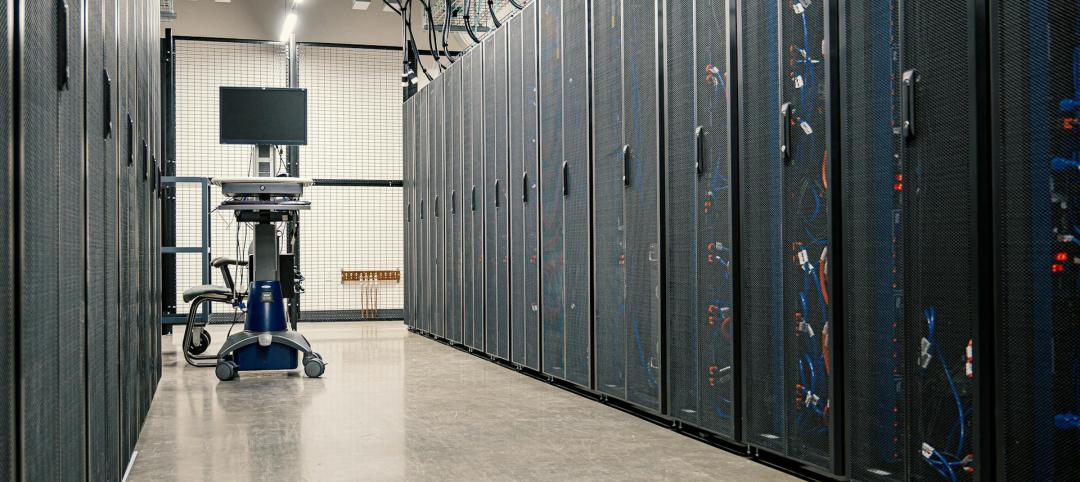Mixed-use development has been one of the few bright spots in real estate in the last few years. Successful mixed-use projects are almost always located in dense urban or suburban areas, usually close to public transportation. It’s a sign of the times that the residential component tends to be rental rather than for-sale.
Due to the large scale of many mixed-use projects, Building Teams must be effective in communicating and collaborating both internally and with local government entities. For example, L.A. LIVE, the massive entertainment and lifestyle complex that has sprung up around that city’s Staples Center, can attribute much of its phenomenal success to the developer’s close collaboration with the Building Team and its partnership with the city of Los Angeles.
It’s also critical to accurately anticipate the needs of potential tenants. At the Broadway Building in Seattle, downsized office spaces cater to small-business owners who are looking to escape from the congested downtown core. In Chicago, the live/work units and street-level retail of 2000 N. Milwaukee go far to meet the needs of up-and-comers in a rapidly emerging neighborhood.
New buildings in a mixed-use project naturally must take their design cues from the vocabulary and style of the surrounding architecture. They may be hip and glossy, like L.A. LIVE, 2000 N. Milwaukee, and the Meridian at Grosvenor Station in Rockville, Md. Or they may pay their respects to the more toned-down older buildings in the neighborhood, as in the case of the Broadway Building, with its Prairie School influence. There is also a movement afoot to give architecturally significant buildings a new mixed-use identity, as is the case with The Link in Phoenix.
The takeaway: If you’re looking to develop multifamily residential, mixed-use may be the only viable way to go. “I don’t see anything getting built that isn’t mixed-use right now,” says Paul Alessandro, a partner with Hartshorne Plunkard Architecture, Chicago. If that’s the case in your market, take a look at these recent projects for inspiration.
Six Emerging Trends in Mixed-Use Development
Related Stories
Curtain Wall | Aug 15, 2024
7 steps to investigating curtain wall leaks
It is common for significant curtain wall leakage to involve multiple variables. Therefore, a comprehensive multi-faceted investigation is required to determine the origin of leakage, according to building enclosure consultants Richard Aeck and John A. Rudisill with Rimkus.
MFPRO+ News | Aug 14, 2024
Report outlines how Atlanta can collaborate with private sector to spur more housing construction
A report by an Urban Land Institute’s Advisory Services panel, commissioned by the city’s housing authority, Atlanta Housing (AH), offered ways the city could collaborate with developers to spur more housing construction.
Adaptive Reuse | Aug 14, 2024
KPF unveils design for repositioning of Norman Foster’s 8 Canada Square tower in London
8 Canada Square, a Norman Foster-designed office building that’s currently the global headquarters of HSBC Holdings, will have large sections of its façade removed to create landscaped terraces. The project, designed by KPF, will be the world’s largest transformation of an office tower into a sustainable mixed-use building.
Sustainability | Aug 14, 2024
World’s first TRUE Zero Waste for Construction-certified public project delivered in Calif.
The Contra Costa County Administration Building in Martinez, Calif., is the world’s first public project to achieve the zero-waste-focused TRUE Gold certification for construction. The TRUE Certification for Construction program, administered by Green Business Certification Inc. (GBCI), recognizes projects that achieve exceptional levels of waste reduction, reuse, and recycling.
Modular Building | Aug 13, 2024
Strategies for attainable housing design with modular construction
Urban, market-rate housing that lower-income workers can actually afford is one of our country’s biggest needs. For multifamily designers, this challenge presents several opportunities for creating housing that workers can afford on their salaries.
University Buildings | Aug 12, 2024
Planning for growing computer science programs
Driven by emerging AI developments and digital transformation in the business world, university computer science programs are projected to grow by nearly 15% by 2030.
Energy Efficiency | Aug 9, 2024
Artificial intelligence could help reduce energy consumption by as much as 40% by 2050
Artificial intelligence could help U.S. buildings to significantly reduce energy consumption and carbon emissions, according to a paper by researchers at the Lawrence Berkeley National Laboratory.
Sponsored | Healthcare Facilities | Aug 8, 2024
U.S. healthcare building sector trends and innovations for 2024-2025
As new medicines, treatment regimens, and clinical protocols radically alter the medical world, facilities and building environments in which they take form are similarly evolving rapidly. Innovations and trends related to products, materials, assemblies, and building systems for the U.S. healthcare building sector have opened new avenues for better care delivery. Discussions with leading healthcare architecture, engineering, and construction (AEC) firms and owners-operators offer insights into some of the most promising directions. This course is worth 1.0 AIA/HSW learning unit.
Office Buildings | Aug 8, 2024
6 design trends for the legal workplace
Law firms differ from many professional organizations in their need for private offices to meet confidentiality with clients and write and review legal documents in quiet, focused environments
Data Centers | Aug 8, 2024
Global edge data center market to cross $300 billion by 2026, says JLL
Technological megatrends, including IoT and generative AI, will require computing power to be closer to data generation and consumption, fueling growth of edge IT infrastructure, according to a new JLL report.

















